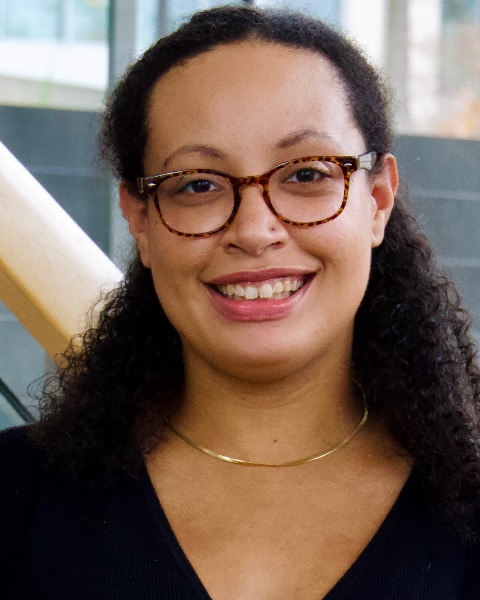Spine
Simultaneous Prone Lateral Interbody Fusion and Osteotomy for Correcting Severe Spinal Deformities

Alyssa M. Bartlett, MPH
Medical Student
Duke University School of Medicine
Durham, NC, US
Presenting Author(s)
Introduction: Minimally invasive surgery is effective in reducing pain and disability in spine deformity correction. However, severe deformities often require complex, multi-stage procedures with intraoperative repositioning. The prone lateral approach provides a minimally invasive option that allows for the placement of larger interbody implants and the execution of simultaneous procedures, such as pedicle subtraction osteotomies (PSO) or posterior column osteotomies (PCO), without repositioning. This study presents our institution’s experience with this novel simultaneous prone lateral approach and osteotomy for managing complex deformities.
Methods: We performed a retrospective review of 7 patients who underwent prone lateral interbody fusion combined with either PSO or PCO for severe spinal deformity correction at a single institution. Severe deformity was classified using MISDEF2 Class IV criteria, which include revision or revision-extension surgeries, fusion of more than five levels including L5-S1, or treatment of more than ten segments. Data on demographics, perioperative factors, spinopelvic parameters, and patient-reported outcome measures (PROMs) were gathered and analyzed using t-tests and correlational analysis.
Results: On average, each of the 7 patients underwent fusion across 7 levels with 2.8 levels involving osteotomy. Results showed significant improvements in spinopelvic parameters, including segmental lordosis (p=0.03), sagittal vertical axis (p < 0.01), and T1 pelvic angle (p=0.03). Additionally, patients experienced significant reductions in PROMs, specifically in the Oswestry Disability Index (p=0.01) and VAS scores for back pain (p=0.02) and leg pain (p=0.01).
Conclusion : The prone lateral approach, combined with posterior osteotomies, appears effective for correcting severe deformities while eliminating the need for patient repositioning. Despite the small sample size, these results consistently suggest that the prone lateral technique holds promise for treating complex spinal deformities.
Methods: We performed a retrospective review of 7 patients who underwent prone lateral interbody fusion combined with either PSO or PCO for severe spinal deformity correction at a single institution. Severe deformity was classified using MISDEF2 Class IV criteria, which include revision or revision-extension surgeries, fusion of more than five levels including L5-S1, or treatment of more than ten segments. Data on demographics, perioperative factors, spinopelvic parameters, and patient-reported outcome measures (PROMs) were gathered and analyzed using t-tests and correlational analysis.
Results: On average, each of the 7 patients underwent fusion across 7 levels with 2.8 levels involving osteotomy. Results showed significant improvements in spinopelvic parameters, including segmental lordosis (p=0.03), sagittal vertical axis (p < 0.01), and T1 pelvic angle (p=0.03). Additionally, patients experienced significant reductions in PROMs, specifically in the Oswestry Disability Index (p=0.01) and VAS scores for back pain (p=0.02) and leg pain (p=0.01).
Conclusion : The prone lateral approach, combined with posterior osteotomies, appears effective for correcting severe deformities while eliminating the need for patient repositioning. Despite the small sample size, these results consistently suggest that the prone lateral technique holds promise for treating complex spinal deformities.

.jpg)